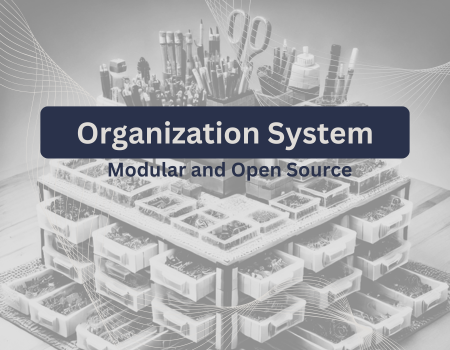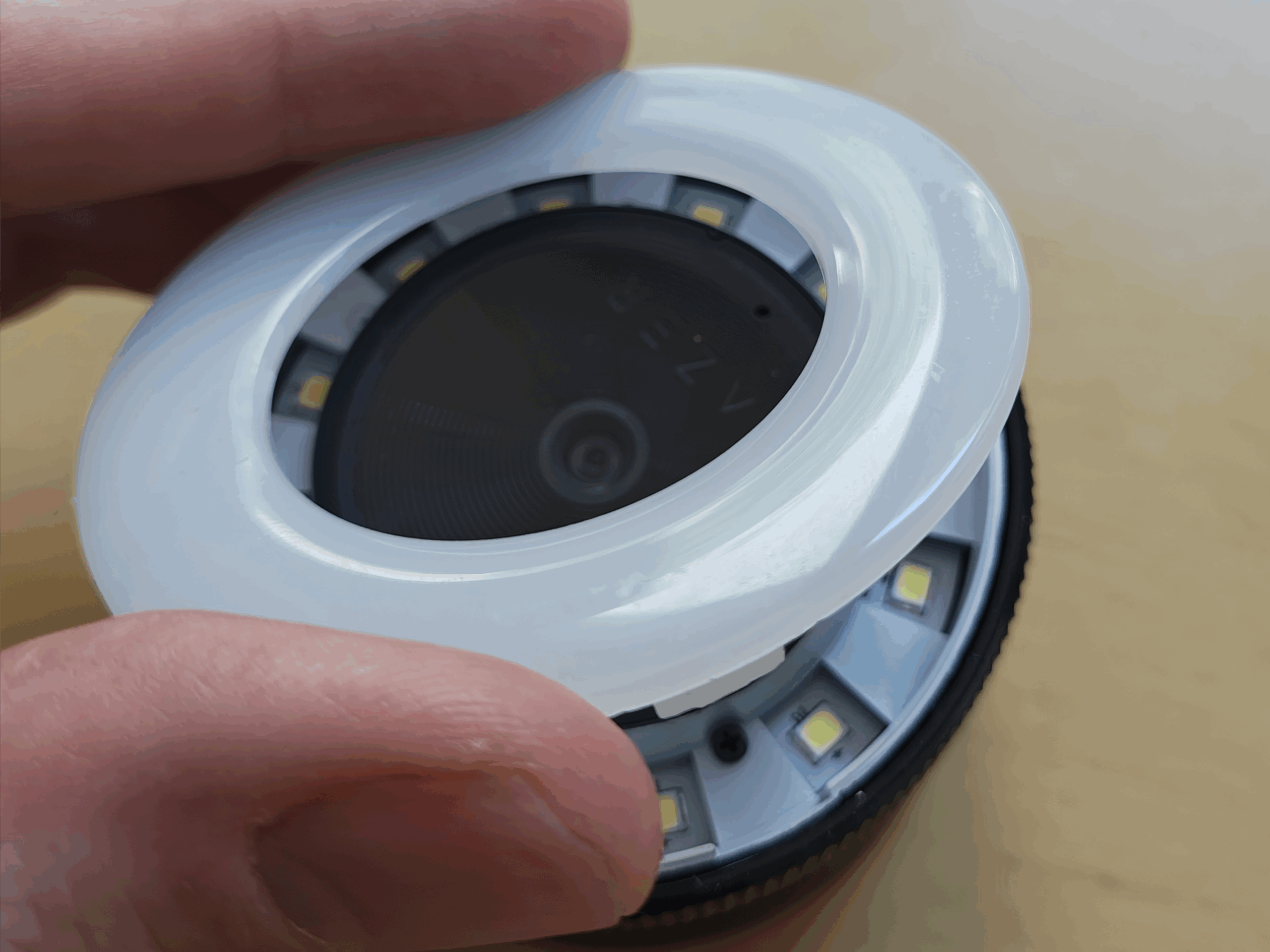For the past two years, I’ve been developing a modular, scalable, and open-source storage system to solve the organization challenges I’ve faced in my home and workshop. After testing countless existing solutions—3D-printed organizers, Gridfinity, Euroboxes, Systainers, and more—I still couldn’t find one system that worked seamlessly across all use cases.
So, I built my own. And now, I need your help to decide if this should move forward into full production and distribution!
TL;DR
I’ve designed a versatile, space-efficient storage system that:
✅ Supports box sizes from 4cm to 40cm, in three grid-based sizes (S, M, L) that fit perfectly into each other.
✅ Integrates with existing systems like Gridfinity, Euroboxes, and even LEGO for custom organization.
✅ Is primarily made from cardboard, making it cost-effective, easy to store flat, and sustainable.
✅ Will be distributed under a Creative Commons (CC) license, allowing limited commercial use—so makers and small businesses can produce and sell it freely within certain boundaries.
Why I Built This
I’ve spent years optimizing my home and workshop storage, testing every major system out there:
- 3D-printed solutions (like Alexandre Chappel’s designs or Gridfinity) – Great for custom setups, but scaling up is expensive and time-consuming.
- Euroboxes, Systainers, and L-Boxxes – Durable, but bulky when not in use and often overpriced for simple storage needs.
- LEGO and modular brick-based systems – Surprisingly effective for small-item storage but don’t scale well for larger tools or materials.
The Problems I Found with Existing Systems
❌ Bulky when empty – Many containers waste a ton of space when not in use.
❌ Lack of size compatibility – Systems often focus on a single size category (small parts OR large storage, but rarely both).
❌ Aesthetic & material limitations – Many industrial storage solutions look out of place in a home or office.
❌ Either fully commercial OR fully DIY – Few systems strike a balance between open-source flexibility and mass production availability.
After a lot of prototyping, testing, and iteration, I think I’ve found a better approach.
The Modular System
The system consists of three standardized grid sizes, which nest into each other perfectly for flexible storage.
Small (S) – 40mm grid
Ideal for LEGO-compatible inserts or tool holders. Great for rapid customization without needing CAD or a 3D printer.
Example sizes: 4x4cm, 4x8cm, 4x12cm
Medium (M) – 43mm grid
Fully compatible with Gridfinity while also nesting Small (S) containers.
Example sizes: 12x17cm, 12x34cm, 17x26cm
Large (L) – 44mm grid
Sized to fit inside Euroboxes, making it compatible with IKEA shelves and workshop furniture.
Example sizes: fits entire Medium (M) system inside for layered storage.
💡 Bonus: This means you can mix & match containers within different systems instead of being locked into just one storage format!
Materials & Sustainability
🔸 My early prototypes were 3D printed, which worked well for small-scale tests but wasn’t practical for larger production.
🔸 I then explored pulp-molded containers (like egg cartons), but the manufacturing was too complex.
🔸 Cardboard became the best option:
✅ Compact to store – Containers can be folded flat when not in use.
✅ Cheap & easy to produce – Even hobbyists can laser-cut their own at home.
✅ Surprisingly durable – Reinforced cardboard can handle tools, electronics, and general household storage.
✅ Environmentally friendly – Fully recyclable and locally sourced materials mean less waste and lower shipping impact.
Of course, other materials (like 3D-printed plastic, wood, or injection-molded versions) could still be produced for specific needs.
Open-Source & Distribution
I believe good storage should be accessible to everyone. My plan is to:
✅ Release the blueprints & cutting files under a Creative Commons license, so anyone can make their own.
✅ Allow limited commercial use, so small makers & retailers can sell these without legal issues.
✅ Offer professionally manufactured versions for those who want pre-made, high-quality containers.This hybrid approach balances DIY freedom with the ability to get professionally made storage without the high costs of proprietary systems.



